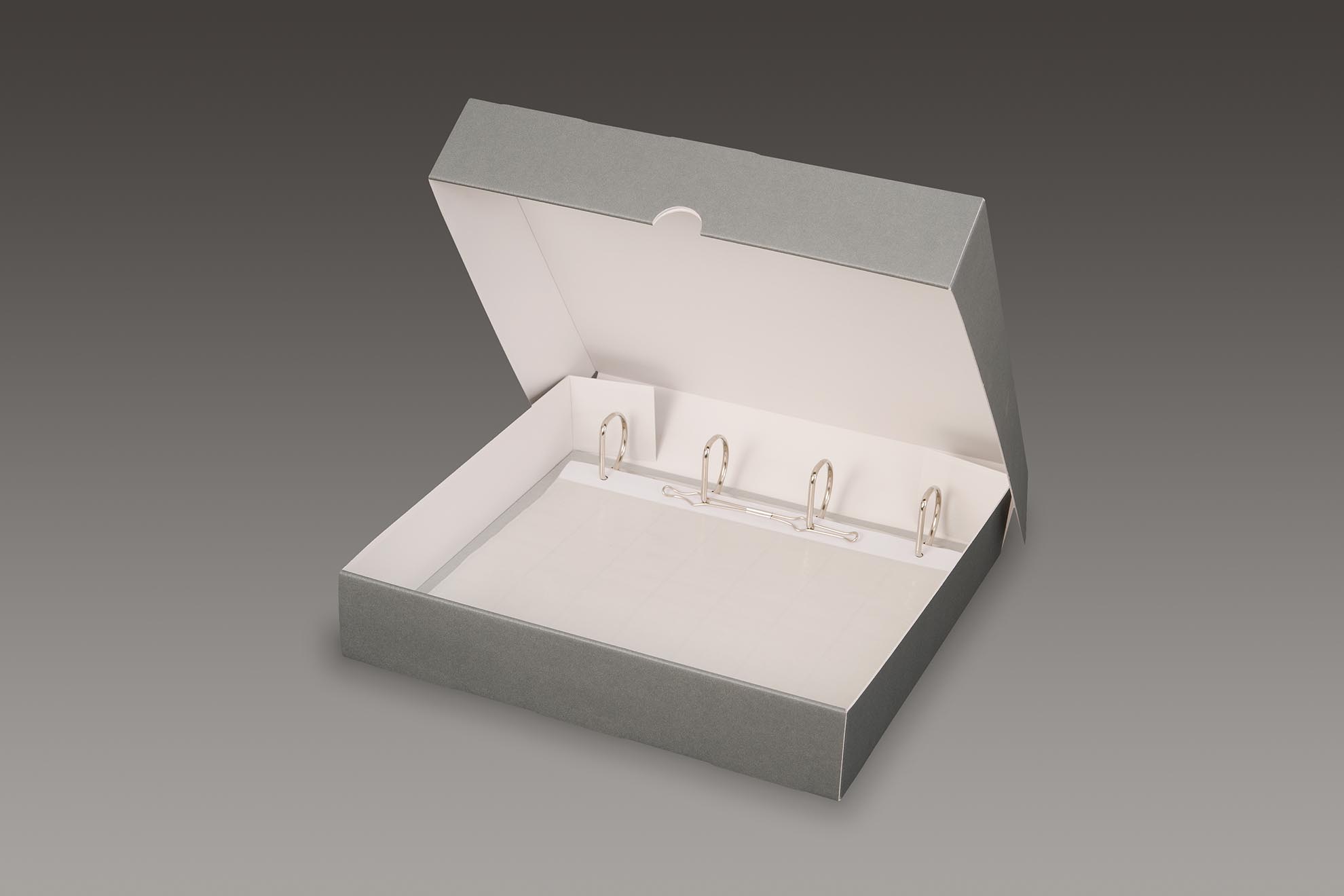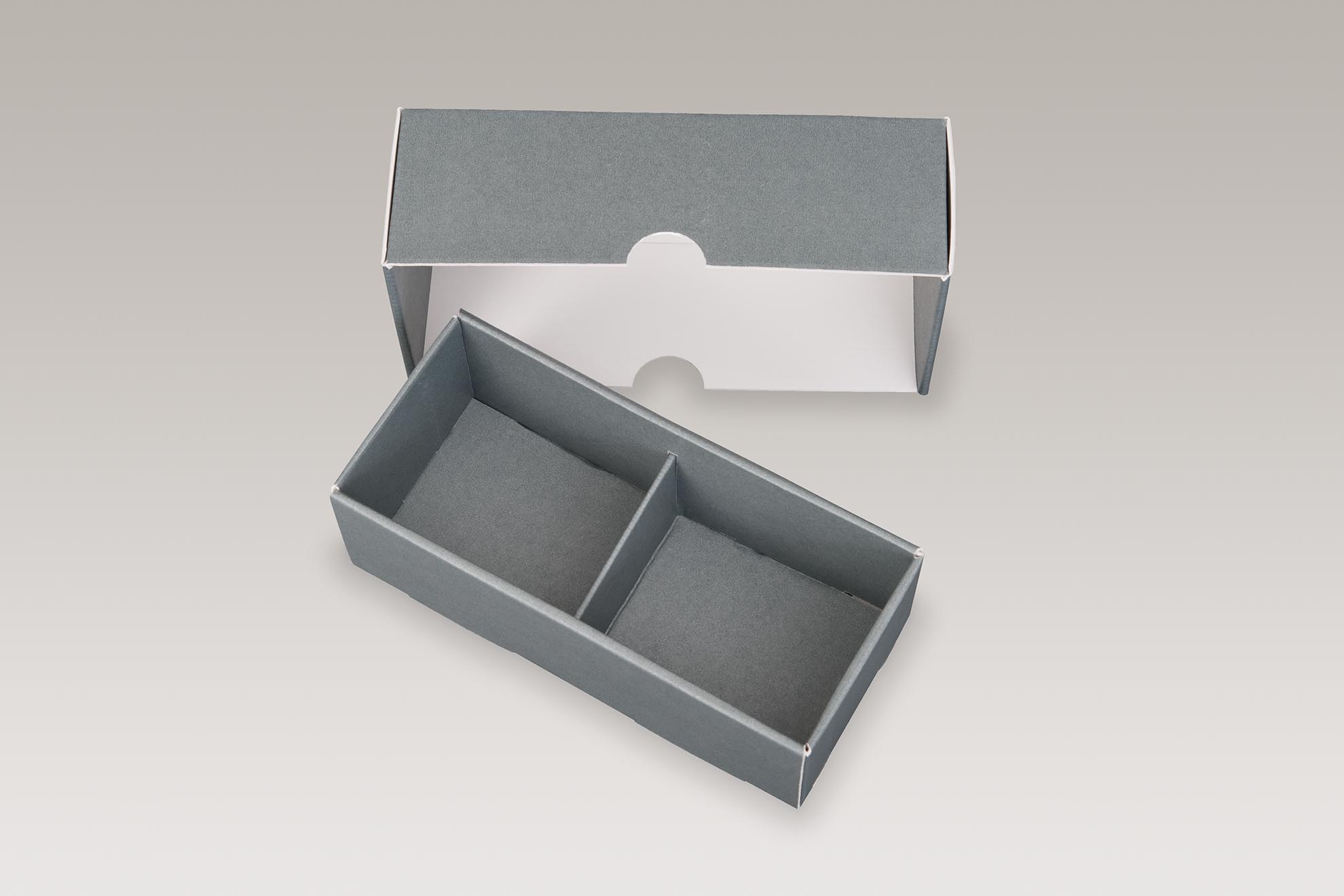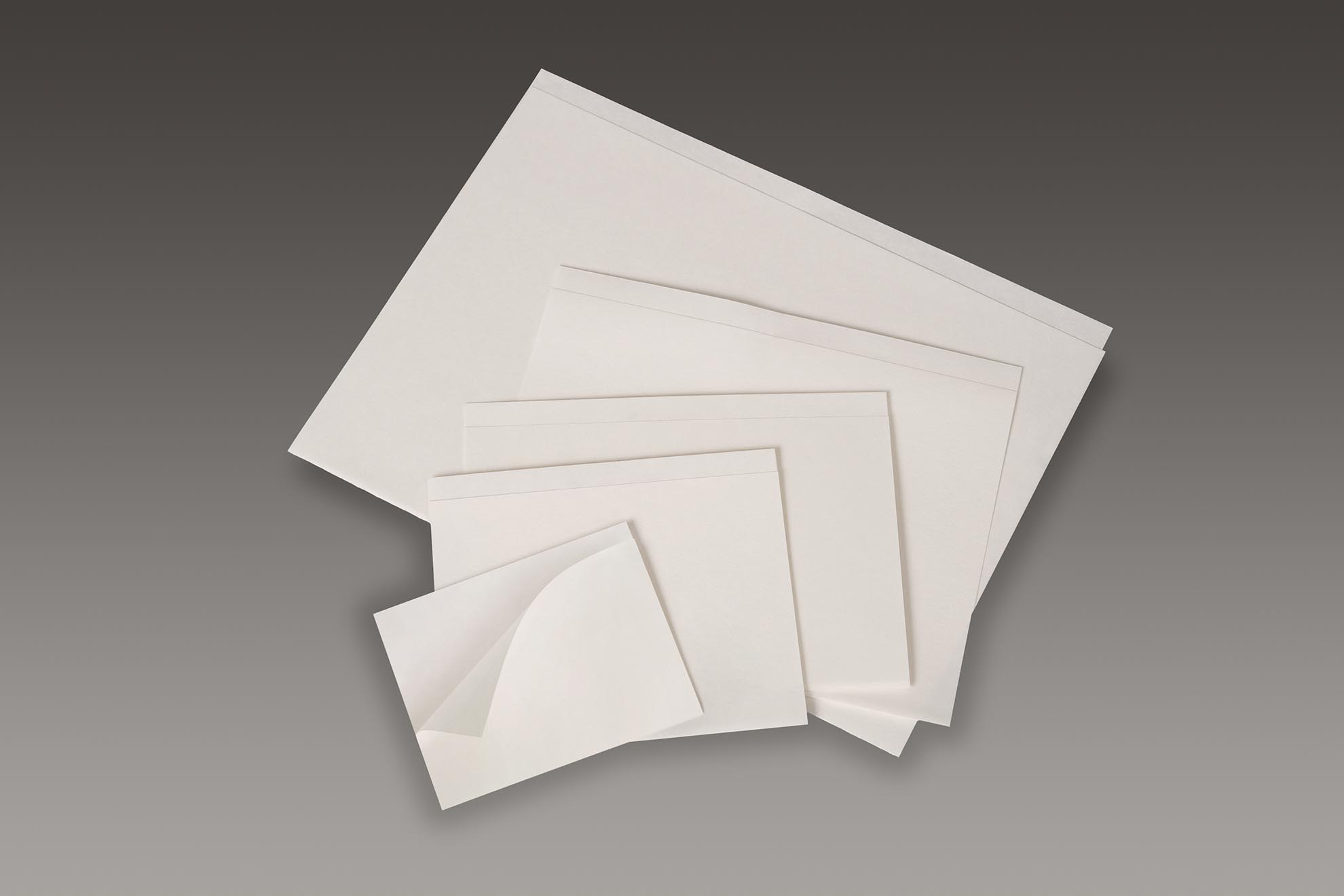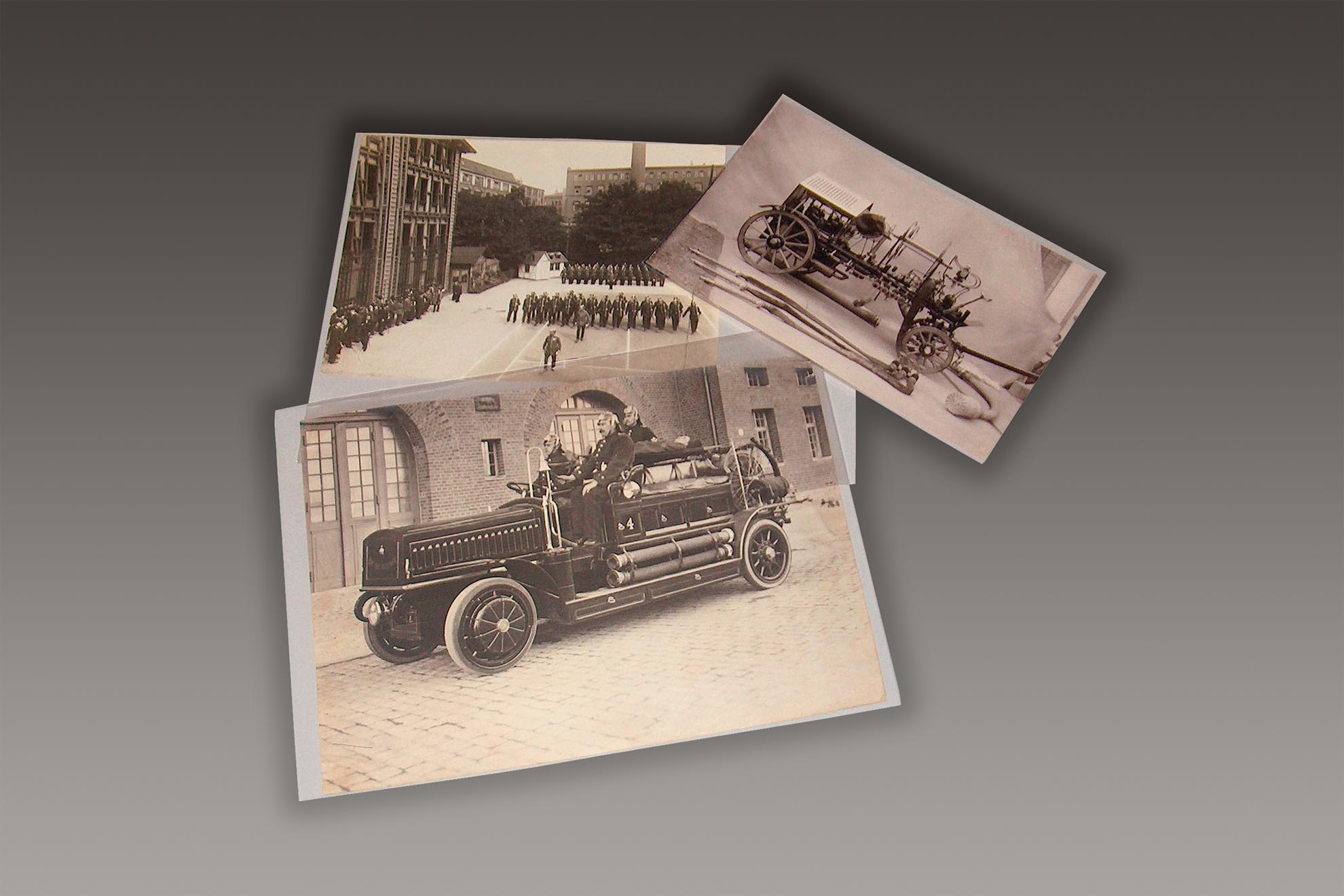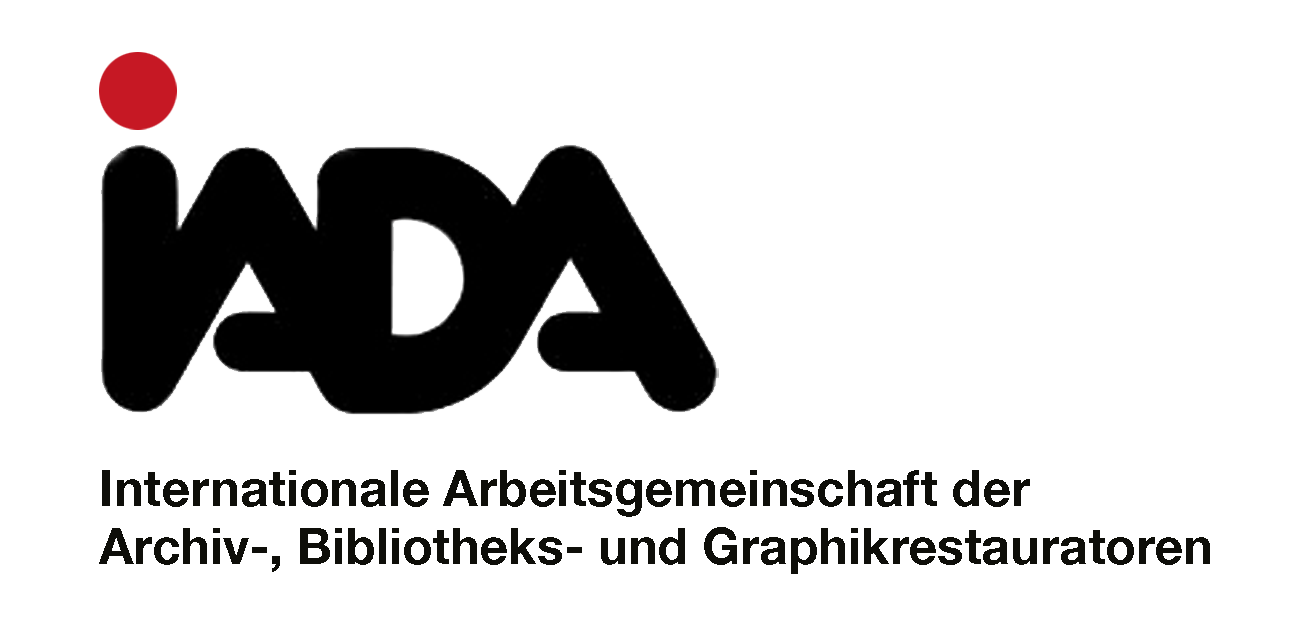Protective packaging for photographic materials
A special case among the protective packaging for cultural property is packaging for photographic documents. This includes films, negative strips, paper prints, contact prints, glass plates, slides and, more recently, digital prints.
Unlike conventional archival and library materials, which are predominantly made of paper, photographic documents are made of a wide variety of materials.
Preserving such documents, many of which are very fragile, is a major challenge in the field of preservation.
The storage conditions and handling of the objects have to meet much higher requirements than for conventional archive and library materials.
In addition to consistent climate control, packaging is of crucial importance for protection against mechanical damage and chemical changes.
The following principles should be observed when planning, producing and using protective packaging for photographic materials:
All objects should be packaged individually so that chemical interactions do not occur. Additionally, mechanical damage can also be avoided in this way, e.g., friction between two paper prints can scratch the photographic layer of the print below (the dangers are even greater if several glass plates are packed together).
- As a storage unit, such small units are problematic. Therefore, an outer packaging is needed that accommodates a number of individual objects, protects them from mechanical damage and creates a manageable storage and transport unit.
- While alkaline buffering in the packaging materials is welcomed as an additional aid against acid formation in the paper and as protection against environmental influences in the case of conventional archive and library materials, photographic objects should not come into contact with it because a chemical reaction between the buffer substance and the chemicals of the photographic layers cannot be ruled out. Therefore, only unbuffered, ph-neutral paper materials should have direct contact with the photographic objects.
For the composition of the packaging elements and the selection of the materials to be processed, this means:
- Each individual photograph, each film/negative strip and especially each glass plate receives individual wrapping. The materials used for this purpose must not contain any alkaline buffer material, but must otherwise meet the requirements for age-resistant paper materials according to DIN ISO 9706, provided they are made of paper. The Photographic Activity Test (PAT) is used to prove that the photographic objects are not chemically affected. Our range includes sleeves with postfold and fourflaps for glass plates made of unbuffered photo archival paper, Melinex sleeves and glassine sleeves.
- SchemppBoxes of various designs can be used as outer packaging. Depending on whether the objects are to be stored horizontally or vertically, how large they are and how many individual items are to be placed in a box. We recommend SB 21 slip lid boxes, SB 31 hinged lid boxes or other constructions made of aging-resistant corrugated cardboard.
Standards for storage media for photographic documents:
- DIN 15549: Image recording materials – Materials for photographs – Nature of storage media.
Material for direct contact with photographic documents:
Photographic archival paper or board
- 90 g/m², 120 g/m² or 230 g/m²
- natural white
- acid-free, free of lignin
- ageing resistant according to DIN ISO 9706, unbuffered
- PAT according to ANSI IT 9.16
Melinex
- Melinex polyester film 75
- completely transparent, clear and glossy
- acid and plasticiser free, chemically stable
- PAT according to ANSI IT 9.16
- insensitive to moisture and heat non-yellowing and non-creasing
- welded at the edges
Glassine
- 40 g/m² bzw. 50 g/m²
- transparent
- acid-free
- PAT according to ANSI IT 9.16
Products:
Envelopes, suitable for the common photo formats, special sizes on request
- Photo envelopes with 1 cm rebate, optionally open or closed on the narrow sides, made of photo archival paper 90 g/m² or 120 g/m²
- Fourflaps for glass plates made of photo archival paper 90 g/m² or 120 g/m²
- Protective sleeves made of photo archival paper 120 g/m²
- Photo sleeves made of Melinex, open on one narrow side
- Photo sleeves made of glassine, open on one wide side
- Sleeves with filing holes for ring binder mechanism made of Melinex or glassine
Boxes, inner formats to match the covers:
- Slip lid box SB 21 or SB 34 for upright storage of glass plates and paper prints as well as for horizontal storage of paper prints
- Hinged cover boxes SB 31 for horizontal storage of individual glass plates and paper prints
- Hinged lid box SB 31 with ring binder mechanism for Melinex or glassine sleeves with filing holes
